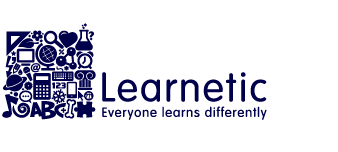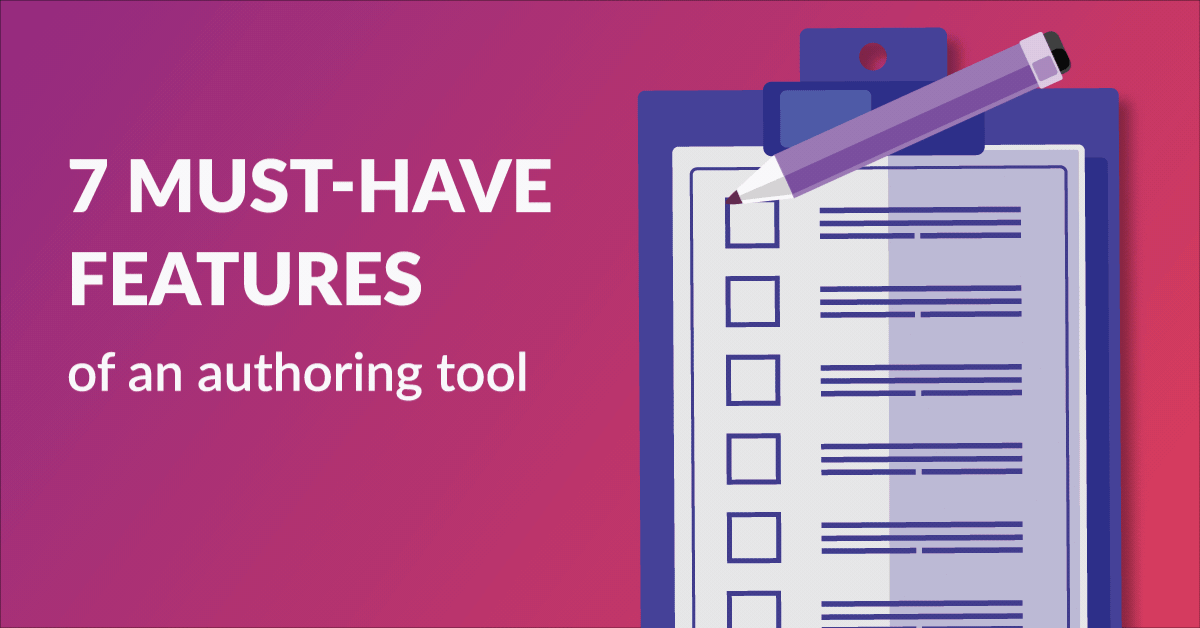Authoring Tool Selection
Your Strategic Decisions: a Technological Mess or ePublishing Tranquility
There may come a moment when your company decides it’s time to take the next step in interactive publishing. You might reject the model of supporting a panoply of products driven by diverse and outdated technologies, relying on a variety of outsourcing companies, all imposing their own development concepts. When you take this next step, it’s important to select an authoring tool that allows you to products perfectly aligned with your content identity and your company’s heartbeat.
This is a strategic decision, as this tool will become a part of your organization’s ecosystem. And it’s a long-term choice because it’s difficult to change an authoring tool after having invested substantial time to get your team savvy and your digital courses done (as an example, consider the migration years ago from Quark to InDesign in print). Sometimes, a decision like this gets postponed for a long time, which makes it even more difficult to make.
So, what do you need to know to avoid the hassle? How is the market changing and what will be important in the future? Here are some important factors that you should be aware of when choosing an authoring tool.
Productivity
The more intuitive the tool, the faster the work. Digital courses are created in a shorter time and on lower budgets. It’s usually more efficient when the authoring tool is intuitive enough for your internal editors to work with the content, with good knowledge of your products and tried-and-tested methods.
This way, instead of bringing a completely new team on board, you can simply enable your team to quickly learn new skills. WYSIWYG editing should be one of the main points to check as it provides the comfort of use and is quick and accurate for a non-technical team.
Another example is having a sufficient number of ready-made interactive activities and flexible templates and their alignment with your needs. This can significantly increase productivity as it allows avoiding manual page-by-page layout composition.
What if you want to add some external content to what already exists? What if your courses will be later edited by a third party?
The standardized XML source file format allows increased flexibility. Also, the created course should be compatible with the eLearning standards used by LMS platforms. The possibility of creating SCORM or xAPI packages extends the ways you can use your eCourses in the future. A unique format working in a bespoke environment will sooner or later become an obstacle to growth.
It’s key in any content, but especially educational content, to comply with WCAG (web content accessibility guidelines). It’s not only important for people with disabilities, but also for anyone using a limiting device, like a mobile phone. And with today’s growing mobile penetration and changing styles of digital content consumption, we might soon be talking about the majority of your audience.
So make sure the tool of your choice allows you to create accessible, WCAG-compliant content any user can easily read and enjoy.
Versatility of applications
The course you create should be device- and system-agnostic, because the digital environment changes all the time and educational trends such as flipped classroom or BYOD are becoming more and more prominent. Offline or online use, mobile or desktop? It’s best to have it all. The tool should allow wide possibilities as it directly impacts your market reach.
Cloud-based
Cloud-based eLearning authoring tools enable efficient collaboration. Many users can take part in the creation process of the same course, as it’s not tied to a single device. It improves the workflow and smooths the collaboration of project team members who have different roles in the content development process. Also, avoiding installation or local hosting allows for cost reductions and simple tool updates.
Big data
All the data collected when students work with digital content brings completely new opportunities unavailable to traditional paper-based textbook publishers. The content created with your tool should be capable of generating information about the actions taken by your users, e.g. the results obtained while solving interactive activities, number of attempts, errors made or the course bounce rate.
Together with the events collected by the LMS platform, this creates an invaluable pool of data allowing educational publishers to truly assess the efficacy of their materials. For example, by analyzing the interaction of thousands of students with a particular activity, they can see how difficult it is for the learners and take corrective actions to make it clearer and thus more effective.
Future-proof approach
Finally, when it comes to the eLearning business, nothing is written in stone. Things that seem to be sufficient now may not meet your needs later. Your publications should be compatible with future devices, Internet browsers, and operating systems. Make sure that the tool is constantly developed and open for change.
Dependence on a third-party controlled player is also a trap. An open-source player ensures that the investment in content production is safe and maintainable in the future.
SUMMARY
Truly interactive and engaging educational content is something that will have a direct influence on the success of your courses. There are many great authoring tools on the market, but you can really ease the challenge of finding a proper one by limiting your choice to the ones that provide the above-listed benefits. Click here to start your research. I also recommend signing up for mAuthor 30-day free trial. And test the tool for yourself!





